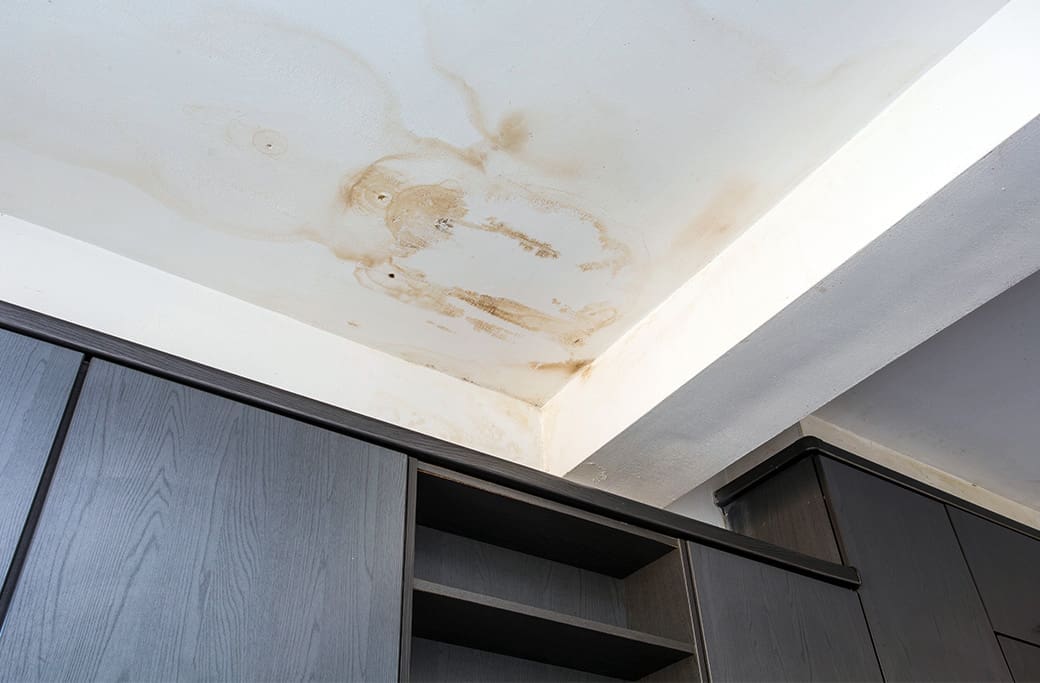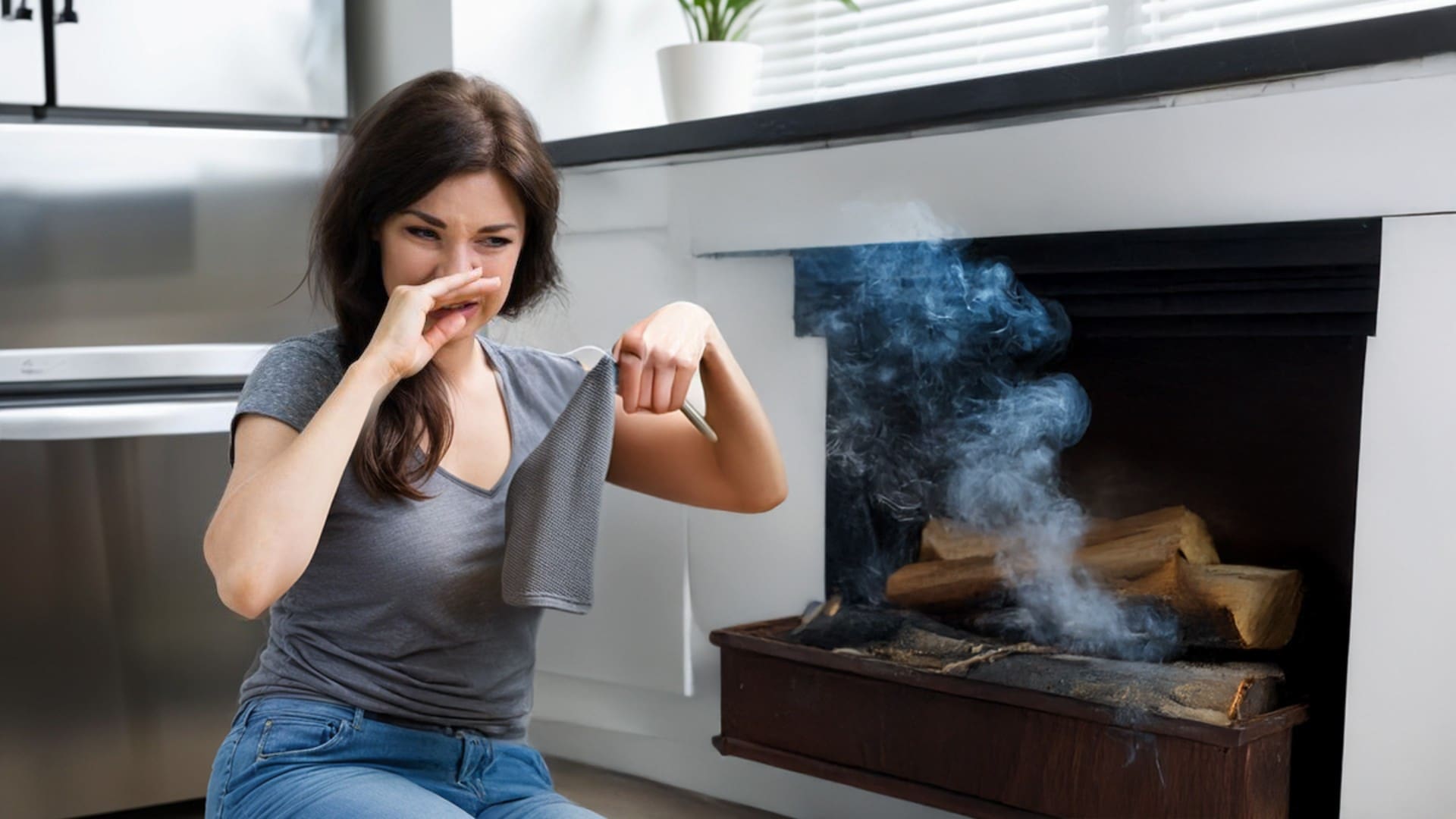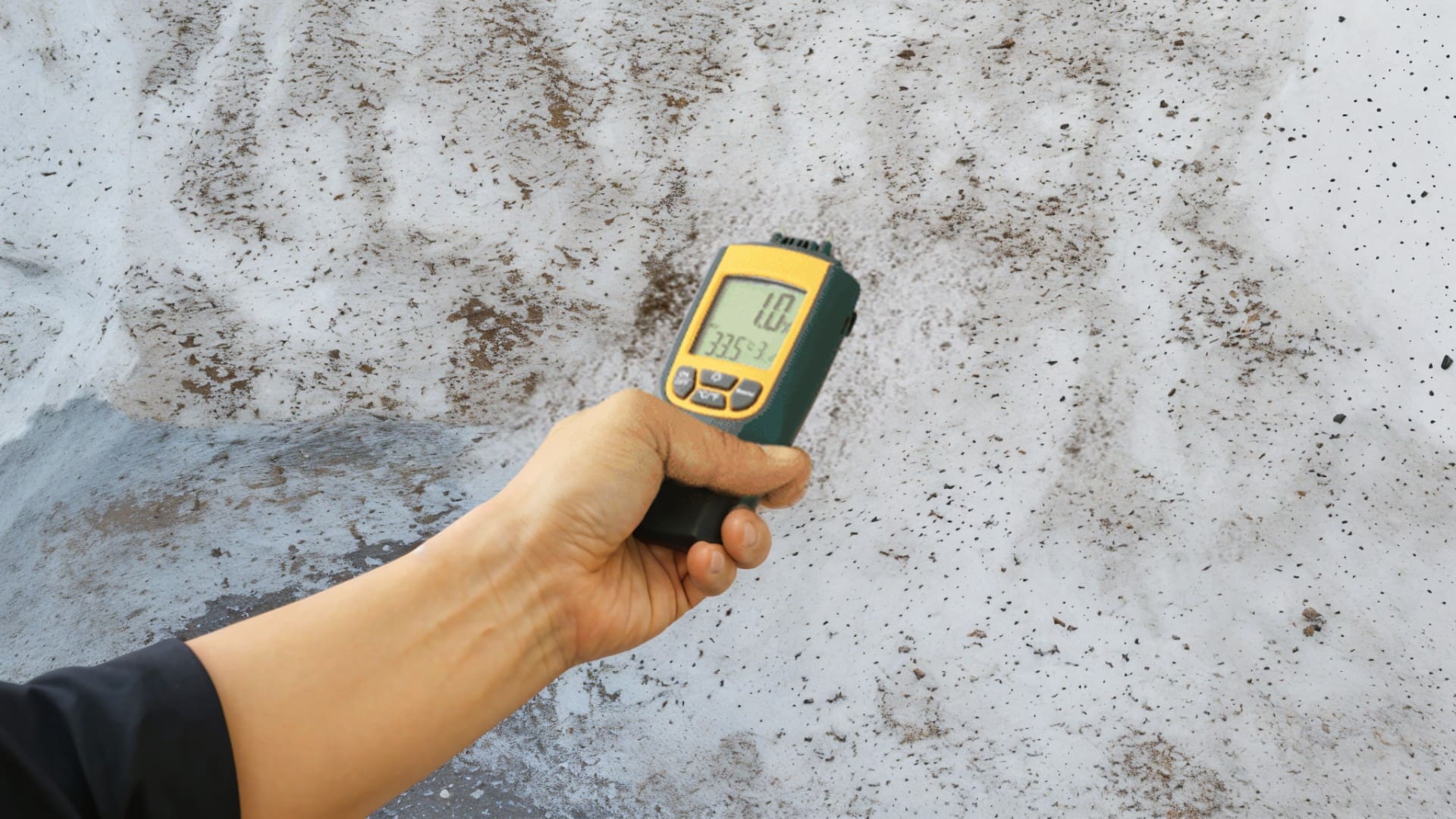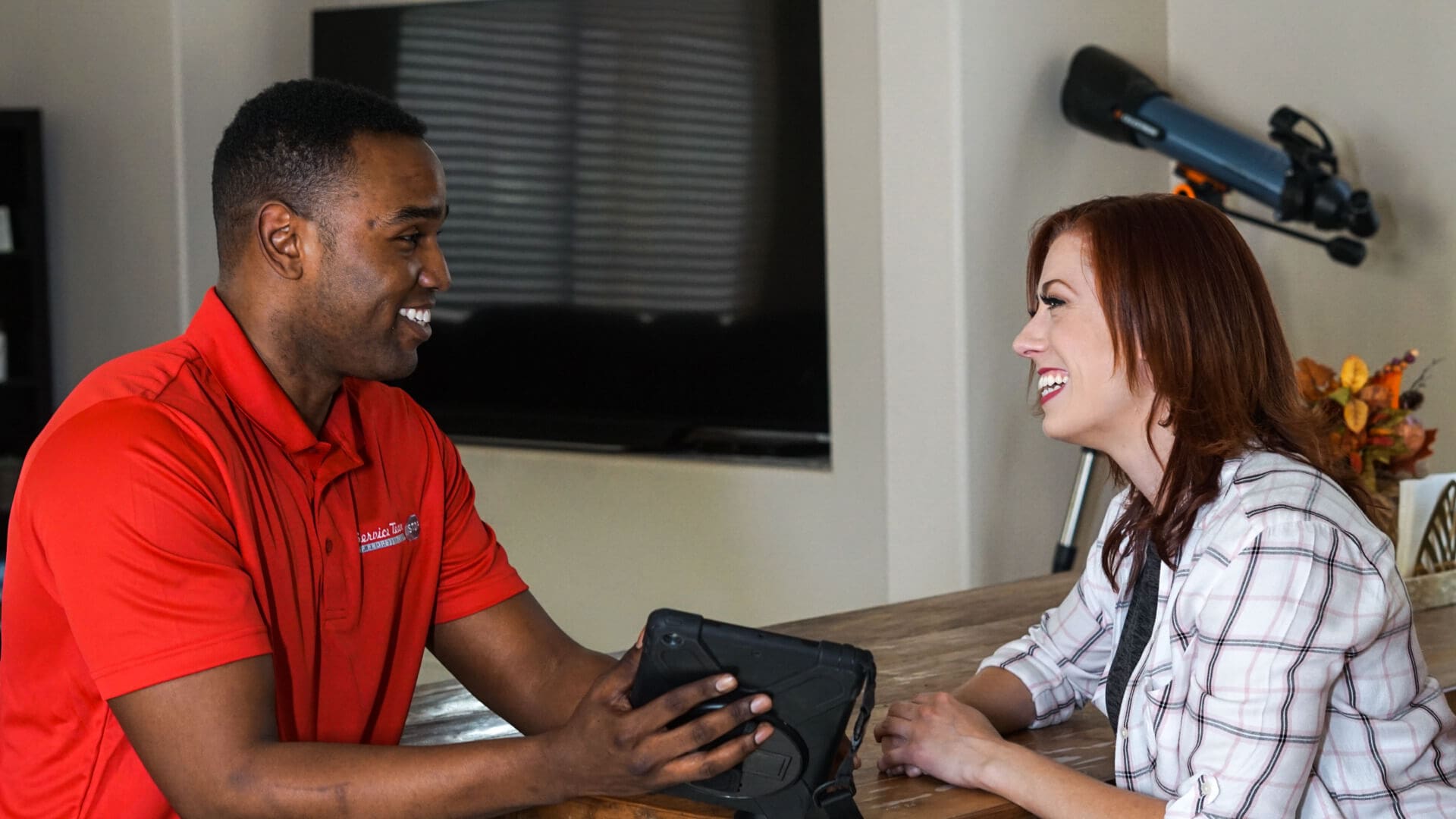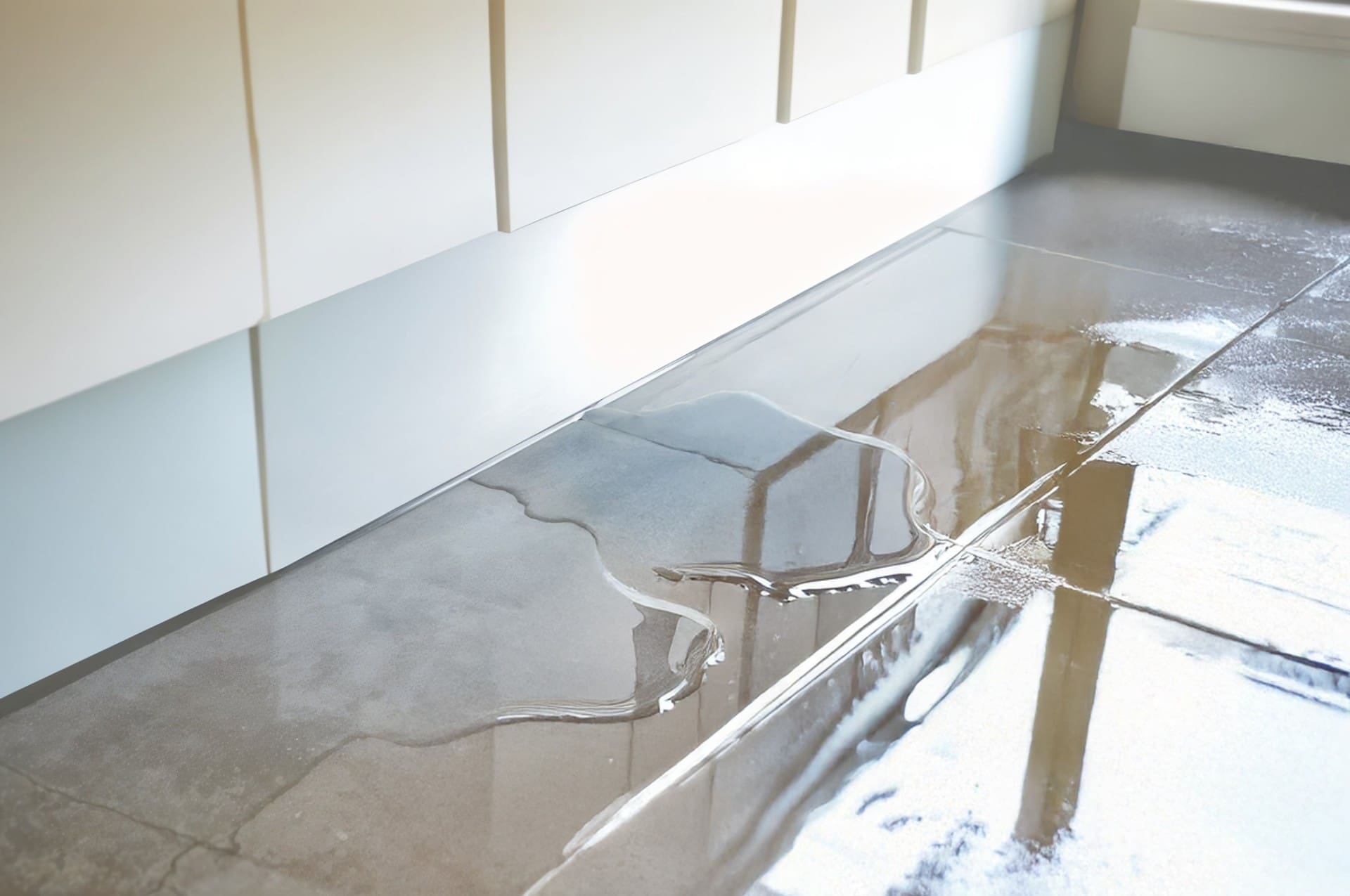
Tile is one of the most popular choices for flooring in kitchens, bathrooms, and basements thanks to its durability, resistance to stains, and aesthetic appeal. But while tile may seem nearly indestructible, it isn’t immune to one of the most pervasive household issues: water damage. Water can seep beneath tiles, damaging subfloors, causing mold growth, and creating costly repair situations—especially when not addressed early.
In this blog, we’ll walk you through the common signs of water damage under tile, what causes it, and how to act fast with professional help from STOP Restoration, the trusted name in water damage restoration in Winston-Salem and surrounding areas.
Why Tile Isn’t Completely Waterproof
While ceramic, porcelain, and stone tiles themselves are water-resistant, the grout between them is often porous unless sealed properly. Over time, cracks can form in grout or tiles due to foot traffic, age, or shifting foundations. These tiny openings give water an easy way to creep beneath the tile surface—especially during plumbing leaks, flooding, or unnoticed spills.
Key Signs of Water Damage Under Tile
Water damage under tile can be sneaky and may take time to become visible. Look out for these red flags:
1. Loose or Hollow-Sounding Tiles
When you walk across the tile and it sounds hollow or feels loose beneath your feet, water may have weakened the adhesive or eroded the substrate. This is a common sign of moisture damage, particularly in kitchens, bathrooms, and basements.
2. Cracked, Warped, or Buckling Tiles
Tiles are rigid by nature, so when the foundation beneath them swells due to water intrusion, the tiles may crack or lift. Warping is especially prevalent with water-sensitive subfloor materials like plywood or MDF.
3. Mold or Mildew Smells
Even if you can’t see mold, a persistent musty odor is a strong indicator that water is trapped under your tile flooring. Mold thrives in dark, damp environments—like the underside of tiles—and can spread quickly if ignored.
4. Discolored or Stained Grout
Dark or yellowish stains in your grout could signal prolonged moisture exposure. In some cases, mold may start growing between the tiles, especially in high-humidity rooms like bathrooms.
5. Efflorescence (White, Chalky Residue)
Efflorescence appears when water evaporates and leaves behind mineral deposits. This chalky white substance on your grout or tile surface often signals that moisture is moving upward through the substrate, carrying minerals with it.
6. Soft Spots or Sagging
If walking over the tile feels like stepping on a sponge or certain areas feel noticeably softer, the subfloor could be compromised. This could be due to rotting wood or deteriorated backer board caused by chronic water exposure.
Common Causes of Water Damage Under Tile
Water intrusion can come from a variety of sources, including:
- Plumbing leaks behind walls or under flooring.
- Appliance leaks, such as from dishwashers or washing machines.
- Excessive humidity or poor ventilation in bathrooms.
- Flooding from heavy rainfall or sewer backups.
- Improper sealing of grout or expansion joints.
Even small amounts of water over time can lead to significant damage if not addressed.
What to Do if You Suspect Water Damage
If you notice any of the warning signs above, it’s crucial to take action before the problem escalates. Ignoring water damage can lead to mold growth, structural weakening, and significant health hazards—especially for those with allergies or respiratory conditions.
Here are the steps to follow:
- Stop the Water Source – Shut off plumbing or water lines if you know where the leak is coming from.
- Avoid DIY Demolition- Pulling up tile without proper tools or safety precautions can make matters worse and may disturb mold spores.
- Call in the Experts- Contact a professional water damage restoration company like STOP Restoration for inspection, moisture mapping, and remediation.
Why Choose STOP Restoration in Winston-Salem
STOP Restoration is the go-to expert for water damage restoration in Winston-Salem and the surrounding areas. With decades of experience, their certified team uses advanced tools like thermal imaging cameras and moisture meters to detect hidden water damage without tearing up your floors unnecessarily.
Here’s what sets STOP Restoration apart:
- 24/7 Emergency Response – Water damage doesn’t wait—and neither should you. STOP Restoration is available day or night to respond quickly.
- Certified Technicians- Their trained professionals are IICRC-certified in water damage restoration, ensuring a safe and thorough process.
- State-of-the-Art Equipment- They use professional-grade drying systems, dehumidifiers, and non-invasive detection tools.
- Mold Prevention and Remediation- STOP Restoration doesn’t just dry your home—they also prevent future mold growth through proven antimicrobial treatments.
- Local, Trusted Experts- As a local team deeply rooted in the Winston-Salem community, STOP Restoration understands the unique climate and water damage risks in the area.
Preventing Future Water Damage
Once your tile floor has been restored, it’s important to take proactive steps to prevent future incidents:
- Seal grout lines every 1–2 years to block moisture intrusion.
- Fix leaks quickly and monitor plumbing regularly.
- Improve ventilation in moisture-prone rooms.
- Use waterproof backer board under tile in bathrooms or basements.
Final Thoughts
Water damage under tile can be an invisible but serious issue. By recognizing the early warning signs—like loose tiles, musty odors, or stained grout—you can catch the problem before it spirals. And when it comes to fast, reliable, and expert help, STOP Restoration in Winston-Salem is your best partner in bringing your home back to life.
If you suspect water damage beneath your tiles, don’t wait—call STOP Restoration today for a thorough inspection and peace of mind.
FAQ
1. How can I tell if there is water damage under my tile floor?
Signs include loose or hollow tiles, musty odors, visible mold, discolored grout, and cracking or buckling tiles. If you notice any of these, it’s important to have a professional inspection.
2. Is it safe to walk on tile with water damage underneath?
While it might seem stable at first, walking on water-damaged tile can be unsafe. Subflooring may weaken and collapse, or mold spores could become airborne. It’s best to have it assessed promptly.
3. Can water damage under tile cause mold?
Yes. Trapped moisture beneath tile creates a perfect environment for mold growth, which can spread quickly and pose health risks such as allergies or respiratory issues.
4. How does water get underneath tiles?
Water can seep through cracked grout, unsealed joints, or around the edges from leaks, spills, or flooding. Poor waterproofing or installation increases the risk.
5. What should I do if I suspect water damage under my tile floor?
Don’t pull up tiles yourself. Call a professional restoration company like STOP Restoration in Winston-Salem at (336) 829-5345. We use advanced moisture detection tools to assess and remediate the problem safely.
6. Will my homeowner’s insurance cover water damage under tile?
It depends on the source of the water. Sudden incidents like burst pipes are typically covered, while gradual damage from poor maintenance may not be. We can assist with insurance documentation.
7. Can STOP Restoration repair water-damaged subflooring too?
Absolutely. STOP Restoration offers comprehensive restoration services—including removing damaged materials, drying, treating mold, and replacing subfloors and tile as needed.
8. How long does it take to fix water damage under tile?
The timeline varies depending on the extent of the damage. Most restoration projects take 3–7 days for drying, with additional time for repairs. We provide clear timelines after assessment.
9. Can water damage under tile happen even without flooding?
Yes. Even small plumbing leaks, high humidity, or poor sealing can cause water to accumulate under tile over time—especially in bathrooms, kitchens, or basements.
10. How can I prevent future water damage under tile?
Seal grout regularly, fix leaks immediately, use water-resistant underlayment, and improve room ventilation. Annual inspections by a professional like STOP Restoration can also help detect early issues.

